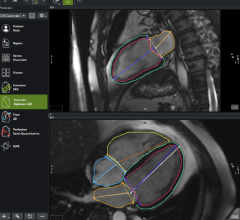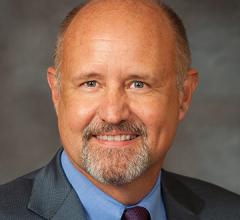
Cardiology practices face mounting financial pressures — rising operational costs, declining reimbursements, and complex billing regulations. Without an optimized revenue cycle management (RCM) strategy, even high-volume practices struggle with cash flow gaps, claim denials and administrative inefficiencies.
However, forward-thinking cardiology groups are leveraging advanced RCM strategies to streamline operations, enhance collections and boost profitability. In this post, we’ll explore how modern RCM solutions are revolutionizing cardiology practices, backed by real-world examples and actionable insights.
RCM's Role in Cardiology Profitability
1. Reducing Claim Denials & Rejections — Denials are a major revenue leak for cardiology practices. According to the American Medical Association (AMA), nearly 10-15 percent of medical claims are denied initially, with cardiology facing higher rates due to complex coding (e.g., CPT codes for echocardiograms, stress tests, and catheterizations).
Key Strategies to Minimize Denials:
- Automated claim scrubbing to catch errors before submission.
- Regular staff training on ICD-10 and CPT updates.
- Real-time eligibility verification to prevent coverage issues.
A Midwest cardiology group reduced denials by 40 percent after implementing AI-powered claim analytics, recovering $250,000 in previously lost revenue annually.
2. Accelerating Reimbursements with Clean Claims — Long payment cycles strain cash flow. The average days in A/R (Accounts Receivable) for cardiology practices hovers around 45 to 60 days, far from the ideal <30 days.
How Top-Performing Practices Speed Up Payments:
- Electronic claim submission (EDI) for faster processing.
- Proactive follow-ups on unpaid claims after 30 days.
- Specialized cardiology billing teams to handle payer-specific rules.
3. Optimizing Coding & Documentation — Cardiology procedures require precise documentation to justify medical necessity. Undercoding leads to lost revenue, while overcoding risks audits.
Best Practices for Accurate Coding:
- Regular audits to ensure compliance with CMS and private payer rules.
- Natural Language Processing (NLP) tools to extract key details from EHR notes.
- Physician education on linking diagnosis to procedures (e.g., linking coronary stents to specific symptoms).
One Florida-based practice improved coding accuracy by 25 percent, increasing reimbursements by $180,000/year.
Technology-Driven RCM Solutions
1. AI & Predictive Analytics
Artificial Intelligence is transforming RCM by:
- Predicting denial risks before submission.
- Identifying underpaid claims using historical data.
- Automating prior authorizations, reducing administrative burdens.
2. Integrated EHR & Billing Systems
Disconnected systems lead to errors. Integrated platforms ensure:
- Seamless data flow from patient intake to billing.
- Automated charge capture to prevent missed charges.
- Real-time financial reporting for better decision-making.
3. Patient-Centric Financial Engagement
With high-deductible plans, patient payments now account for 30 to 40 percent of practice revenue.
Effective strategies include:
- Transparent cost estimates before procedures.
- Flexible payment plans and digital payment options.
- Automated reminders to reduce late payments.
Case Study: Cardiology Group Increases Revenue 35 Percent
Challenge: A 20-physician cardiology practice in Texas faced rising denials (18 percent) and slow collections (55 days A/R).
Solution: They partnered with an RCM-focused cardiology billing services company, implementing:
- AI-powered denial prevention.
- Staff training on cardiology-specific coding.
- Patient payment portals.
Results in 12 Months:
- Denials dropped to 6 percent.
- A/R days reduced to 32.
- Annual revenue increased by $1.2M.
Key Takeaways
Cardiology revenue cycle management goes beyond just billing; it serves as a strategic financial engine that drives practice profitability. To truly maximize profitability, it’s essential to start by auditing your current RCM processes to identify inefficiencies that could be impacting your bottom line.
Embracing technology, such as AI and automation, can significantly reduce denials and improve overall efficiency. Continuous training for your staff on coding, compliance, and industry best practices ensures accuracy and minimizes costly errors.
Additionally, engaging patients early in the payment process, through clear communication and payment options, helps improve collections and cash flow, ultimately contributing to a healthier financial outlook for your cardiology practice.
Jeremy Carter is a researcher and writer specializing in higher education, ethical research, and online learning, with a strong focus on healthcare billing and revenue cycle management. With a passion for exploring the intersection of technology, academia, and medical billing, he advocates for accessible and impactful doctoral education. His work highlights the transformative power of digital learning in fostering global collaboration and ethical scholarship. He can be reached at jeremycartermedcare@gmail.com.


 July 29, 2024
July 29, 2024 








